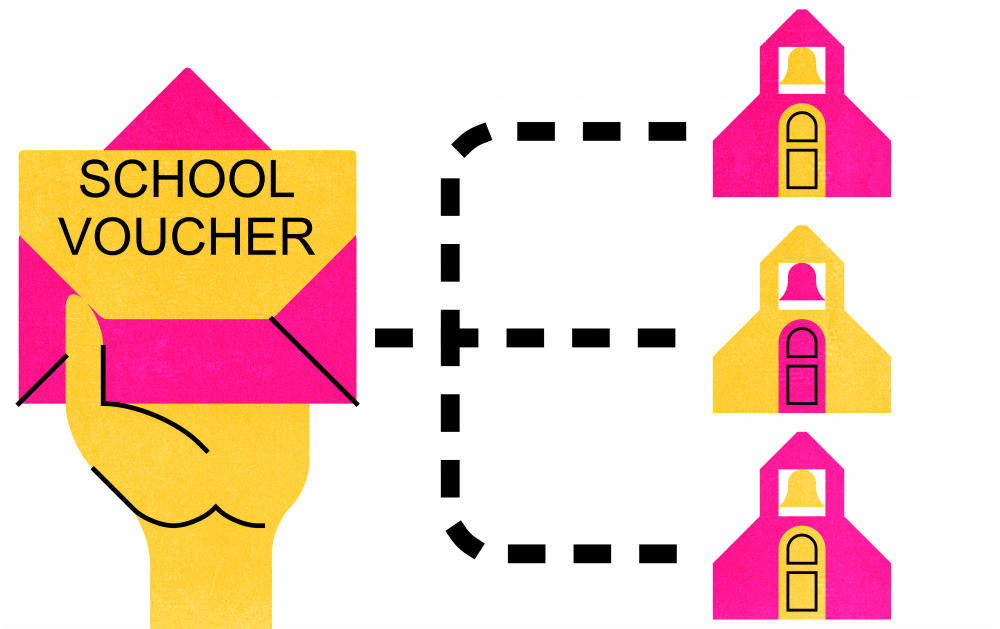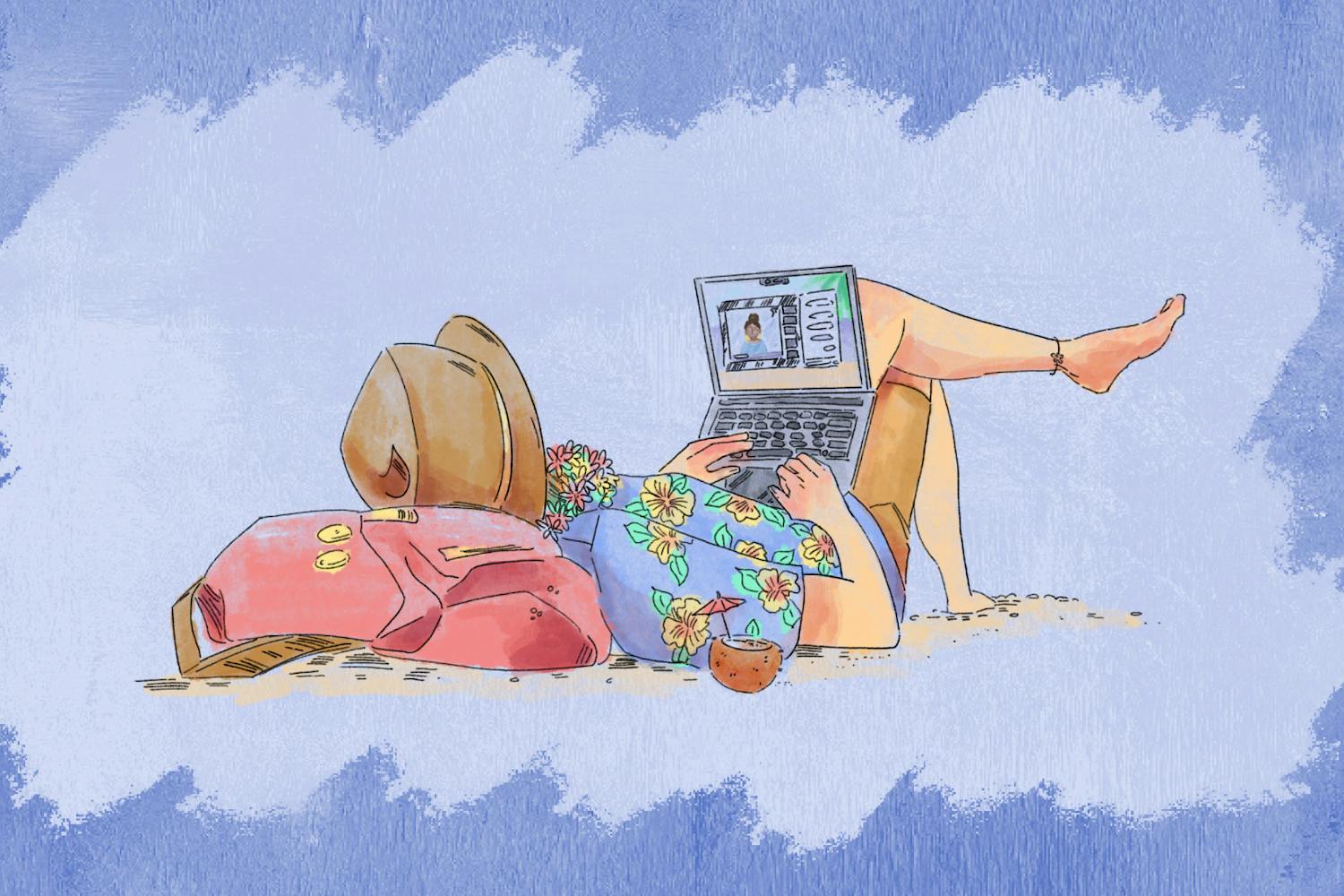Education reform, while occasionally discussed, looms largely in the background for federal lawmakers. In Arizona, however, the debate takes center stage.
The state is managing a struggling public education system that has steadily lost funding over the last decade, and there is no shortage of ideas to resolve the crisis.
One such remedy, championed by Governor Doug Ducey, conservatives across the nation and interest groups like the Koch-funded Americans for Prosperity, is school vouchers.
Even the current state of education is controversial in Arizona. Some point to the success of a few of Arizona’s charter schools, which rank among the top in the nation, or results from assessments like the National Assessment of Educational Progress (NAEP), which show Arizona students ranking at roughly the national average at some grade levels, in arguing that the education system is much stronger than portrayed.
Critics, however, point to the fallacy of evaluating a statewide system by the results of the top few schools — schools that also choose the students that attend, inflating their student outcomes. And the funding numbers don’t lie: in the fiscal year of 2015, Arizona ranked 48th out of 50 states in funding per pupil, according to the U.S. Census Bureau.
While recent changes, including Ducey’s bill to raise teacher salaries 20 percent by the 2020-2021 school year, are moving Arizona towards pre-Recession level spending (after accounting for inflation), the system is still struggling with underqualified educators, unfilled teaching positions and low graduation rates — among other issues.
The consequences of declining state education funding have been felt by Arizona’s college students, as student tuition has risen to supplement these cuts. In-state tuition rose from $5,661 to $10,792 between 2008 and 2017, while out-of-state tuition has increased from $17,949 to $27,372 over the same span.
Enter school vouchers.
Referred to frequently as “school choice,” the idea is simple and, on its face, appealing. Instead of forcing students to attend the failing public school in their district, why not provide them the financial resources to attend the school of their choice, thereby increasing educational competition and overall quality of schools?
Some have argued that a voucher system is the best option for improving education outcomes for Arizona’s low-income students.
I respectfully disagree. While the policy may appear promising at first glance, a closer look reveals glaring flaws.
Firstly, school voucher experiments in the U.S. have shown little effectiveness in practice. Studies of voucher systems in Washington, D.C., Milwaukee and Ohio between 2004 and 2013 found either no significant difference in test scores between students attending schools on a voucher and eligible but nonparticipating counterparts or a decline among those utilizing vouchers.
Although these results may be due in part to variations in curriculum, as public schools tend to tailor instruction more towards state tests than private institutions, they are concerning nonetheless.
Some supporters point to increased graduation and college matriculation rates, seen among participating students in some voucher programs, as evidence of success. Yet praising higher graduation rates while ignoring unchanged test scores stands at odds with our education system’s shift away from social promotion — the advancement of students regardless of academic achievement — as educational attainment, not simply grade-level advancement, has become the new standard.
Not only have voucher systems in the U.S. not produced the outcomes they have intended, they have worsened the quality of remaining public schools.
Funding for voucher programs must come from somewhere, and the easiest, and most frequently used, target is current education spending. This means that every student remaining in public schools under a voucher system suffers.
While these programs are typically targeted at disadvantaged groups, many slip through the cracks. Students eligible for vouchers but unable to find an alternative school that is both covered by the voucher and feasible for the student to attend (a matter of location and transportation, and one that typically is most difficult for low-income and rural students) are harmed by the system ostensibly designed to benefit them.
Voucher systems are, in theory, supposed to increase competition among schools, forcing public schools to either improve or fail by way of the free market. Yet when the funding for such a system comes from already middling public education funds, the outcome for these schools is all but assured.
Not only are voucher systems more harmful than helpful in practice, but Arizona’s public education system is not in need of the kind of rewrite voucher supporters advocate for. The system is struggling not because it is innately inferior to private or charter schools but because it is starved of funding.
While Governor Ducey continues to play the role of the education governor, the state is still spending less per student than a decade ago. As of May 2017, the state ranked 47th in teacher pay, and Ducey’s plan to raise teacher salaries by 20 percent (a massive upgrade from his previous proposal, an insulting one-percent raise over two years) would still leave the state ranking in the bottom half of the country in 2017 teacher pay — a ranking that will surely fall as funding nationwide increases with inflation.
Republican leaders in Arizona, with a solution in hand, have managed to create a problem to match over the past ten years.
The middle-of-the-pack test results, in fact, serve as testament to the successes of our schools in the face of institutional disadvantages. The system is far from broken — it is producing average results on a shoestring budget.
This isn’t to say that Arizona’s education system is perfect, or that simply throwing money at the situation will make it so. To attract higher quality educators, pay must increase, but so must employment flexibility — teachers' unions, while helpful in some capacities, frequently make it all too difficult to fire the worst teachers and reward the best, a turnoff to potential educators.
Additionally, curriculum must shift away from simply instructing towards state standards, as has become the norm since the No Child Left Behind Act, towards more comprehensive instruction.
In this regard, public schools could learn a lesson from private and charter schools, which, free from the constraints of federal policy, are able to instruct in a wider variety of subjects from a younger age.
Reach the columnist at orisch@asu.edu and follow @RealOliverRisch on Twitter.
Editor’s note: The opinions presented in this column are the authors’ and do not imply any endorsement from The State Press or its editors.
Like The State Press on Facebook and follow @statepress on Twitter.




